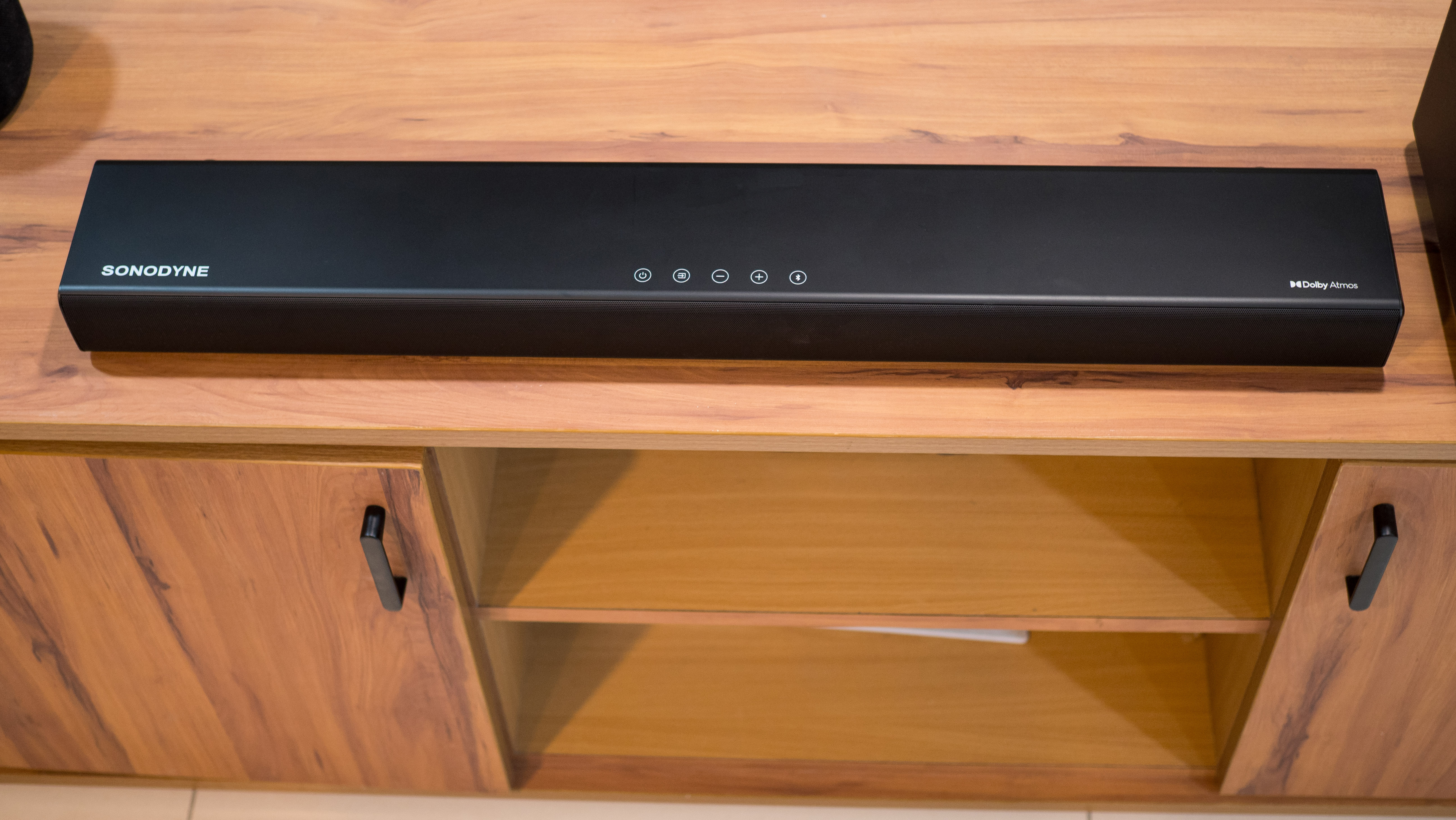Tech Talk: What makes a phone battery go haywire and explode?
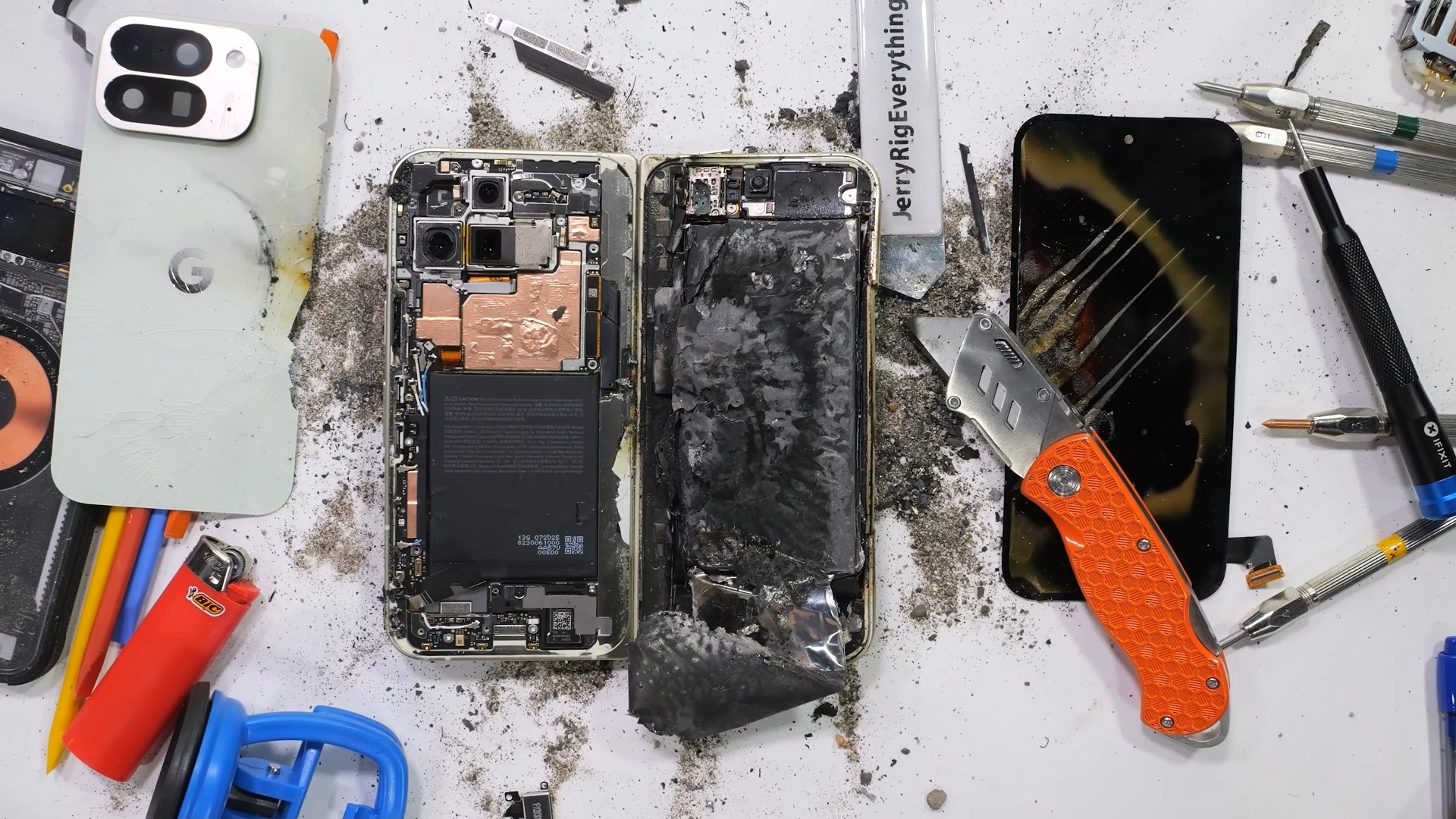
Enjoy our content? Make sure to set Android Central as a preferred source in Google Search, and find out why you should so that you can stay up-to-date on the latest news, reviews, features, and more.
Welcome to Tech Talk, a weekly column about the things we use and how they work. We try to keep it simple here so everyone can understand how and why the gadget in your hand does what it does.
Things may become a little technical at times, as that's the nature of technology — it can be complex and intricate. Together we can break it all down and make it accessible, though!

How it works, explained in a way that everyone can understand. Your weekly look into what makes your gadgets tick.
You might not care how any of this stuff happens, and that's OK, too. Your tech gadgets are personal and should be fun. You never know though, you might just learn something ...
Yes, a Pixel 10 Pro Fold battery exploded
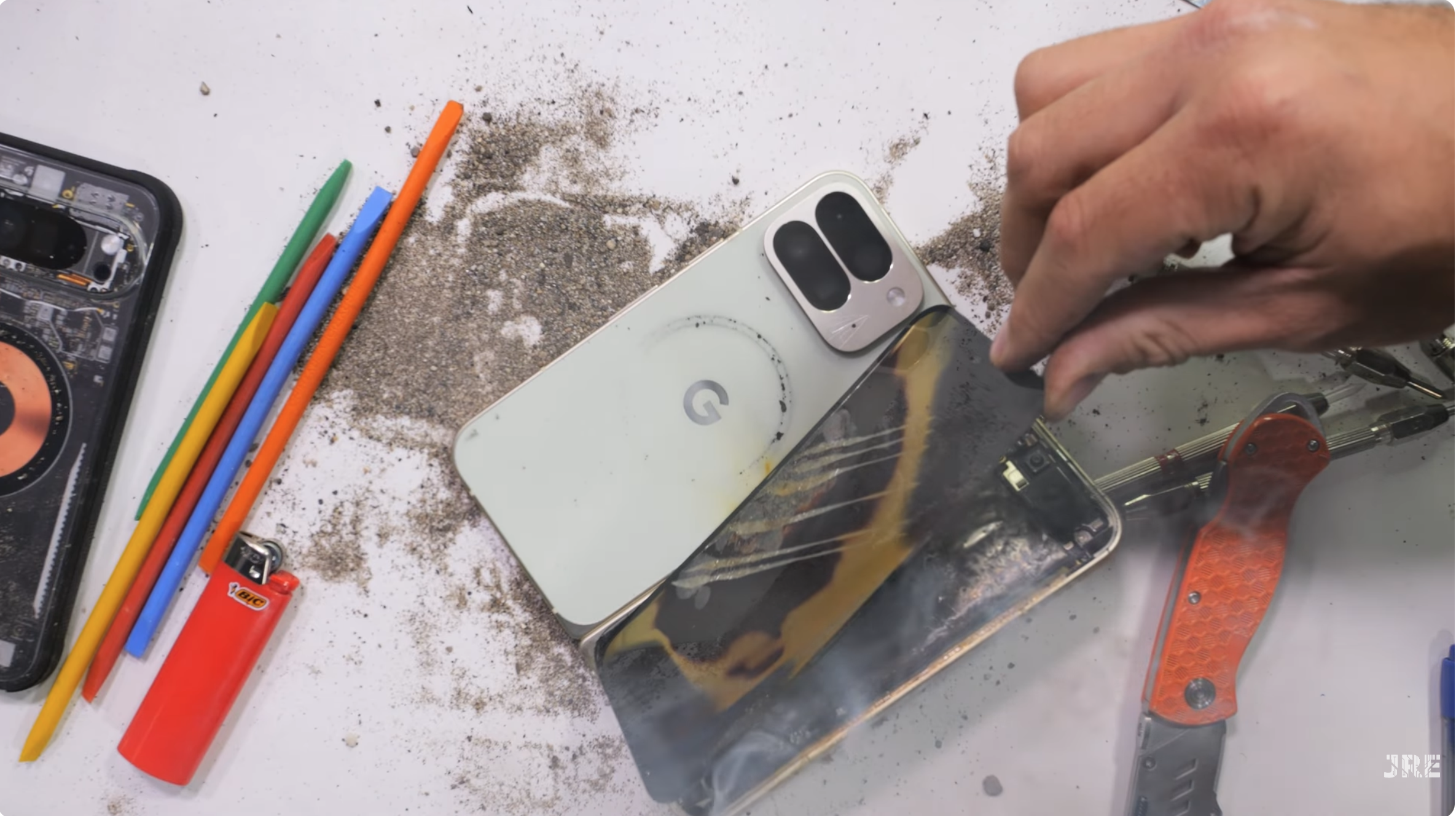
Zack from the Jerry Rig Everything YouTube channel loves to break stuff. While I'm jealous of that, I'm glad that the Pixel 10 Pro Fold battery exploded during a durability test. Yeah, that sounds strange, but it gives me more chances to talk about something important to me: batteries and safety. A couple more articles about it can't hurt, right?
I want to say up front that Zack knew this might happen. He knows it might happen with every phone he bends until it breaks, because that is the nature of the type of batteries (lithium-based) in phones. Fortunately, he also knows what to do when it happens. It's called thermal runaway, and it's kind of crazy.
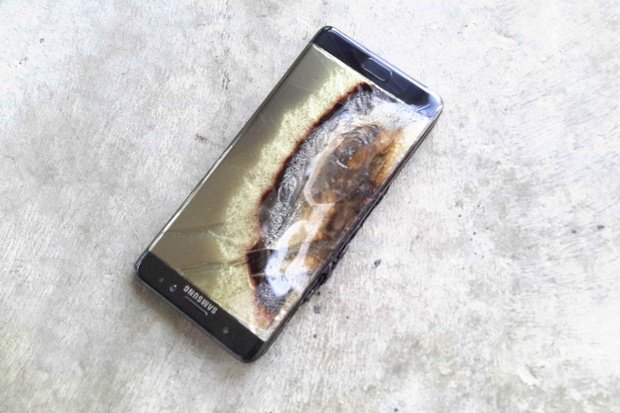
Thermal runaway occurs when something causes a spot in the battery to heat up, creating a self-sustaining chain reaction that heats adjacent spots until everything becomes hot enough to burn. It's chemical in nature, and while not unique to batteries, it's an important process to understand just a little. You need to be aware of what's inside your pocket.
The crazy part is how it can start. Physical damage, like bending a phone that's already broken or even just dropping it the "wrong" way, can do it, but so can sitting in the hot sun, manufacturer defects, and (you knew this was coming) just charging it.
Get the latest news from Android Central, your trusted companion in the world of Android
A phone battery uses chemicals to store energy, and some of those chemicals shouldn't ever come into contact with each other. When that happens, things get bad.
Is it dangerous?

Yes. No. Maybe.
Every phone can have a catastrophic battery failure (a fancy word for an explosion). Every company making phones and the batteries that go into them does everything they can to prevent it. You'll probably never see it happen, let alone have it happen to you. Unless you watch YouTube, that is.
That's a bit problematic. Since it rarely happens, most people don't pay much attention when someone mentions how dangerous a lithium battery can be. It might be called an explosion, but it's not like a bomb or anything. It's a mess of gooey chemicals that burn for a long time, ignite everything they touch, and can be difficult to put out.
Different things have been done to lessen the effects, like putting vents in sealed batteries and using thin, flexible cases instead of a hard plastic shell, but until battery tech changes (it will eventually), there is no way to 100% prevent it from ever happening.
That's what people mean when they say phone batteries are dangerous. Tigers can be dangerous, and just because you're likely to never encounter one doesn't make them any less so.
What can you do?
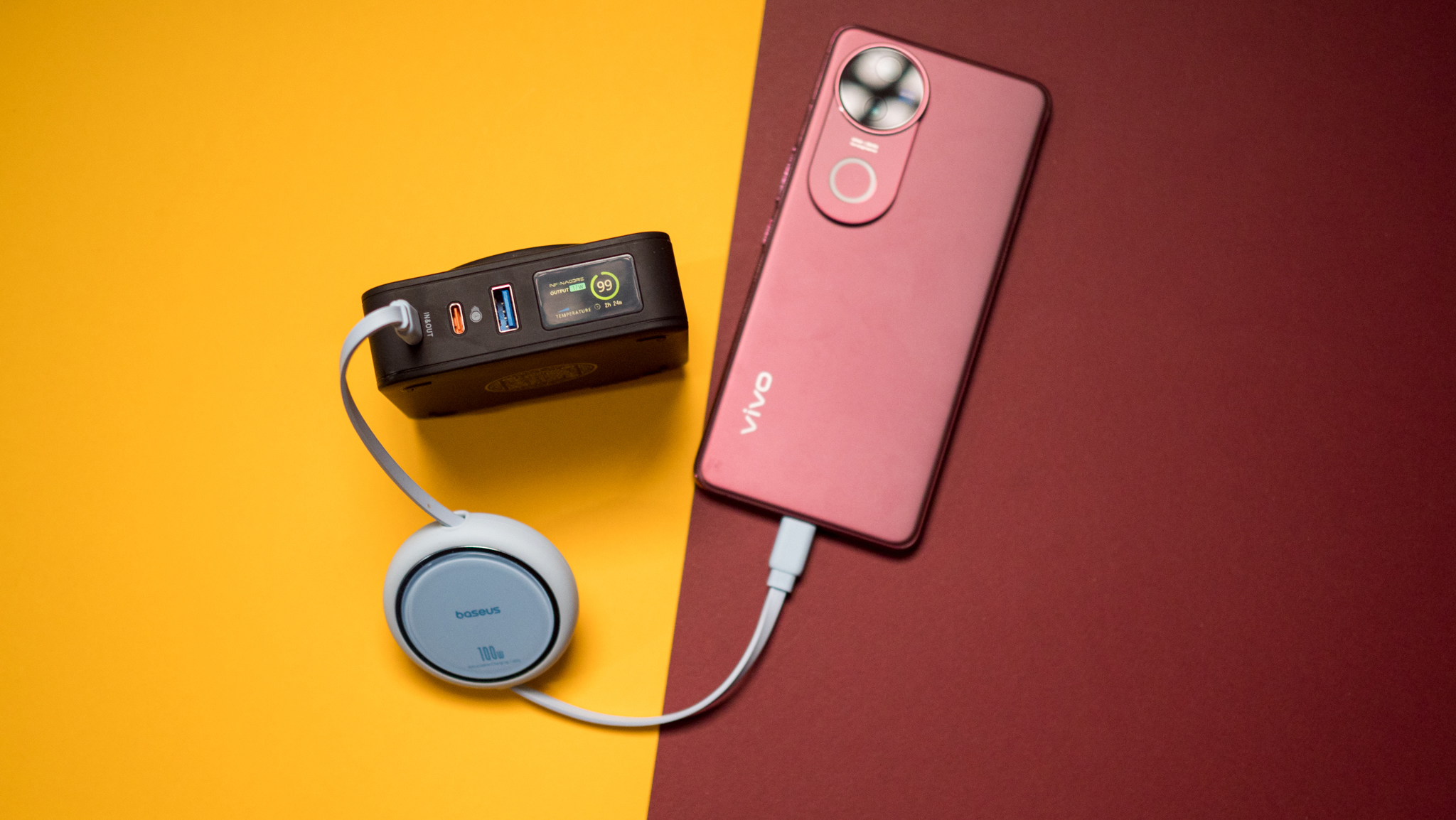
Not much. As mentioned, there are other people working to ensure the battery in your phone isn't likely to have an issue, and they are really good at it. You can trust that your phone is something you can use and carry around without something going haywire inside it.
Even phones like the Samsung Galaxy Note 7, notorious for having bad batteries, were mostly safe, and you'll find the number of problems wasn't very high. High enough for a recall doesn't mean it will happen to all of them.
The few things you can do are really just common sense. If your phone starts swelling up, stop using it and have it looked at. If your phone gets bent, stop using it and have it looked at. If your phone suddenly changes behavior while charging or all of a sudden uses all of the battery power, stop using it and have it looked at.
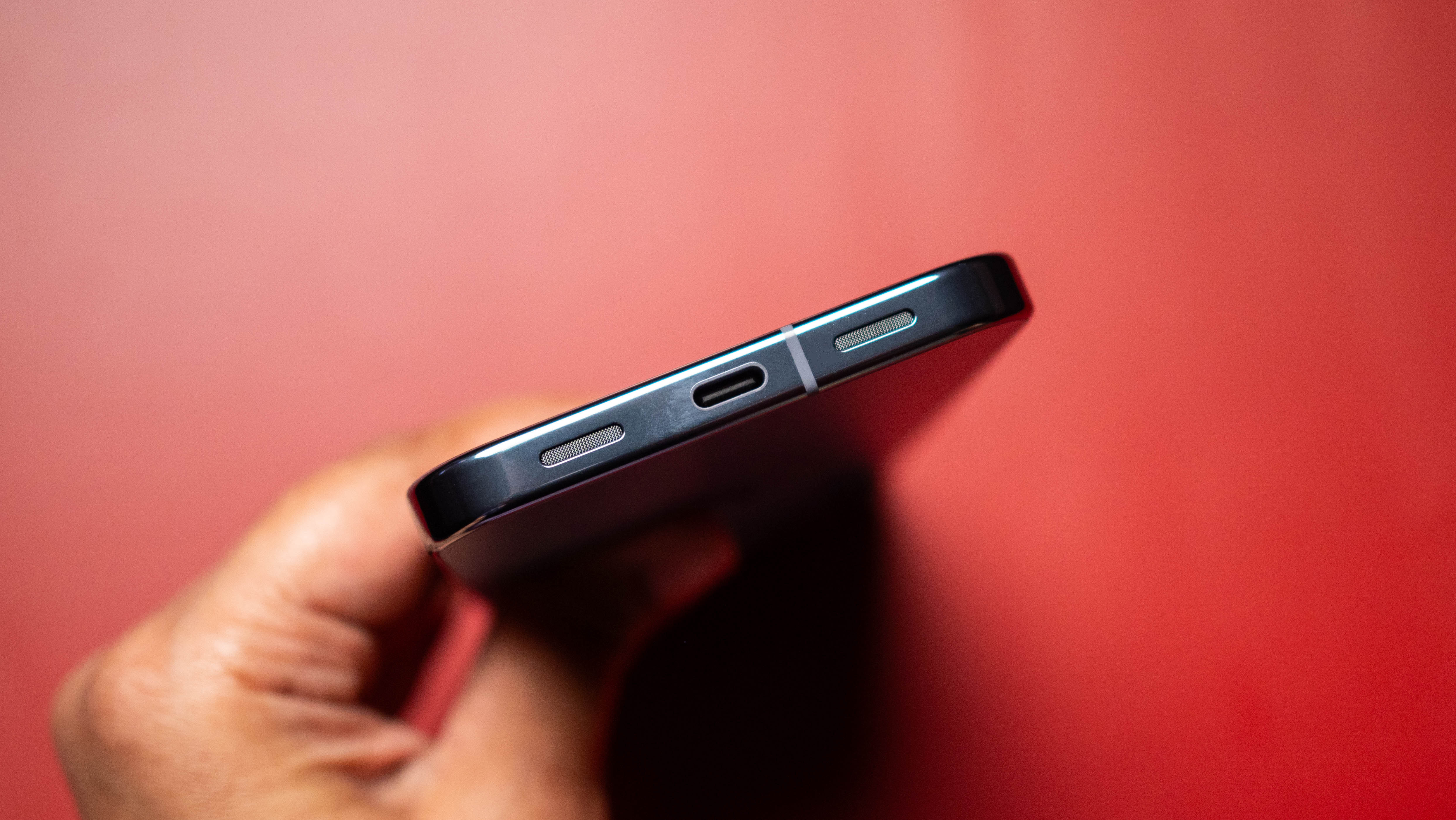
A few other things are a little more inconvenient, but still not hard to do. Never leave your phone lying in direct sunlight; treat it like a vampire. Use good, high-quality name-brand cables and wall blocks to charge it. Be careful using voltage adapters when you travel. Nothing any of us can't handle.
Now, the one thing nobody likes to hear, but definitely helps: replace the battery every two years. Another factor that can directly lead to thermal runaway is battery degradation. Even though it's hard to access, the battery in your phone is disposable and shouldn't be used once it reaches a certain point.
It makes us mad, but this is why phone makers sometimes do things that slow down charging or reduce capacity over time: they don't want to be responsible for your pants catching fire.
Finally, remember that this goes for your smartwatch, tablet, laptop, headphones, and everything else you have that uses a rechargeable lithium battery, too. They are safe to use; you just have to be a little careful doing it.

Jerry is an amateur woodworker and struggling shade tree mechanic. There's nothing he can't take apart, but many things he can't reassemble. You'll find him writing and speaking his loud opinion on Android Central and occasionally on Threads.
You must confirm your public display name before commenting
Please logout and then login again, you will then be prompted to enter your display name.
